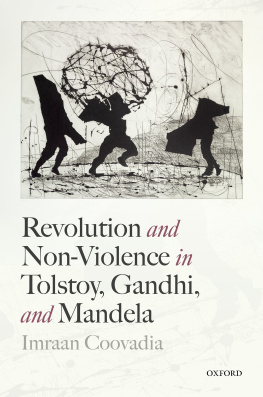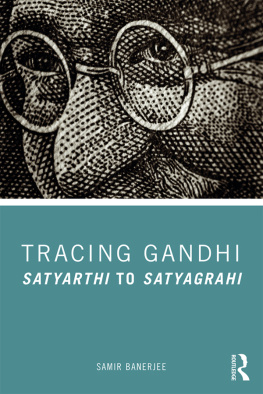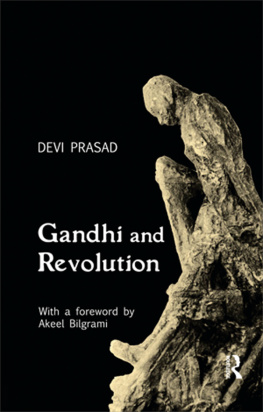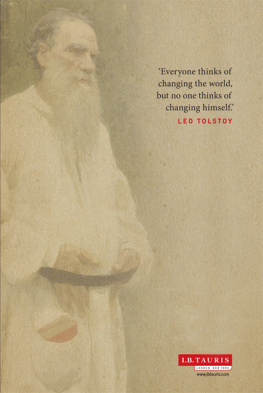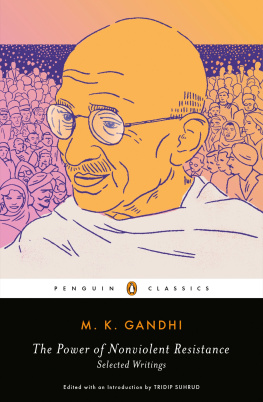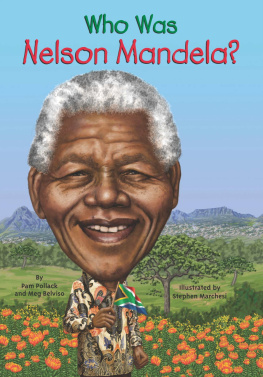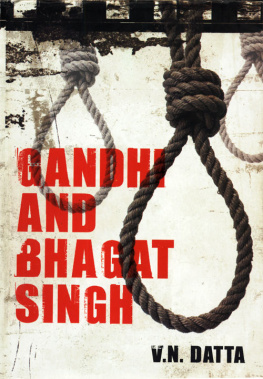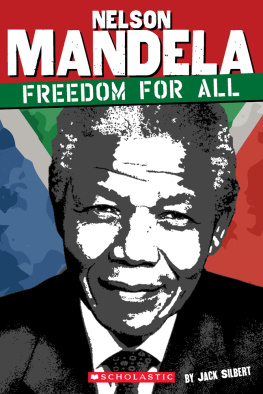Imraan Coovadia - Revolution and Non-Violence in Tolstoy, Gandhi, and Mandela
Here you can read online Imraan Coovadia - Revolution and Non-Violence in Tolstoy, Gandhi, and Mandela full text of the book (entire story) in english for free. Download pdf and epub, get meaning, cover and reviews about this ebook. year: 2020, publisher: OUP Oxford, genre: Politics. Description of the work, (preface) as well as reviews are available. Best literature library LitArk.com created for fans of good reading and offers a wide selection of genres:
Romance novel
Science fiction
Adventure
Detective
Science
History
Home and family
Prose
Art
Politics
Computer
Non-fiction
Religion
Business
Children
Humor
Choose a favorite category and find really read worthwhile books. Enjoy immersion in the world of imagination, feel the emotions of the characters or learn something new for yourself, make an fascinating discovery.
- Book:Revolution and Non-Violence in Tolstoy, Gandhi, and Mandela
- Author:
- Publisher:OUP Oxford
- Genre:
- Year:2020
- Rating:5 / 5
- Favourites:Add to favourites
- Your mark:
Revolution and Non-Violence in Tolstoy, Gandhi, and Mandela: summary, description and annotation
We offer to read an annotation, description, summary or preface (depends on what the author of the book "Revolution and Non-Violence in Tolstoy, Gandhi, and Mandela" wrote himself). If you haven't found the necessary information about the book — write in the comments, we will try to find it.
The dangers of political violence and the possibilities of non-violence were the central themes of three lives which changed the twentieth centuryLeo Tolstoy, writer and aristocrat who turned against his class, Mohandas Gandhi who corresponded with Tolstoy and considered him the most important person of the time, and Nelson Mandela, prisoner and statesman, who read War and Peace on Robben Island and who, despite having led a campaign of sabotage, saw himself as a successor to Gandhi. Tolstoy, Gandhi, and Mandela tried to create transformed societies to replace the dying forms of colony and empire. They found the inequalities of Russia, India, and South Africa intolerable yet they questioned the wisdom of seizing the power of the state, creating new kinds of political organisation and imagination to replace the old promises of revolution. Their views, along with their ways of leading others, are closely connected, from their insistence on working with their own hands and reforming their individual selves to their acceptance of death. On three continents, in a century of mass mobilization and conflict, they promoted strains of nationalism devoid of antagonism, prepared to take part in a general peace. Looking at Tolstoy, Gandhi, and Mandela in sequence, taking into account their letters and conversations as well as the institutions they created or subverted, placing at the centre their treatment of the primal fantasy of political violence, this volume reveals a vital radical tradition which stands outside the conventional categories of twentieth-century history and politics.
Imraan Coovadia: author's other books
Who wrote Revolution and Non-Violence in Tolstoy, Gandhi, and Mandela? Find out the surname, the name of the author of the book and a list of all author's works by series.

